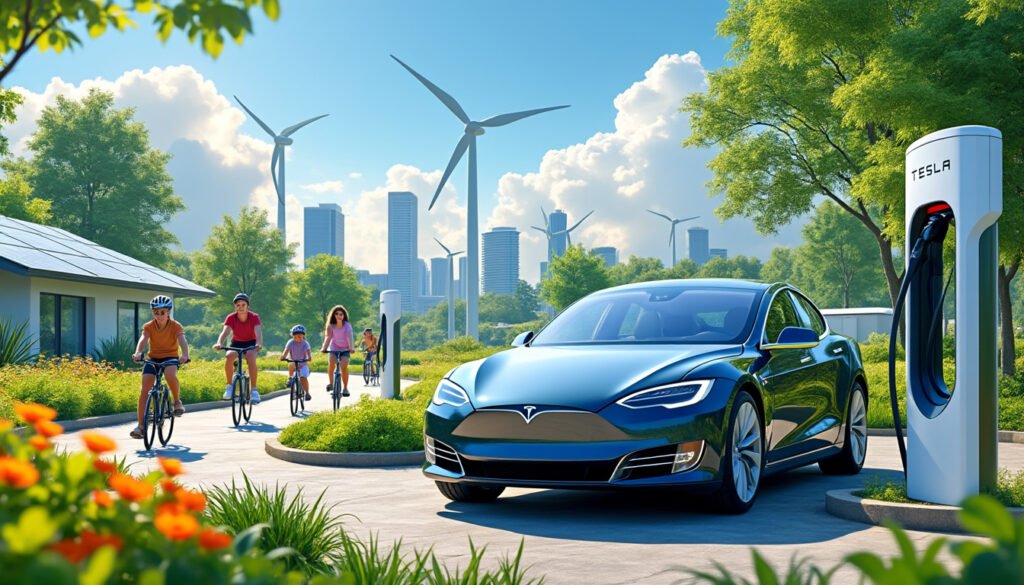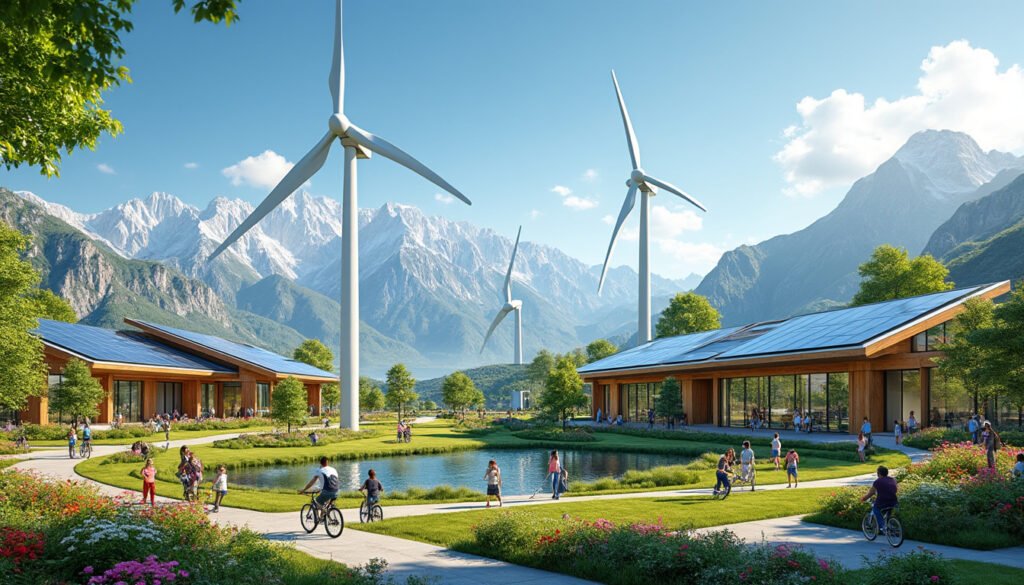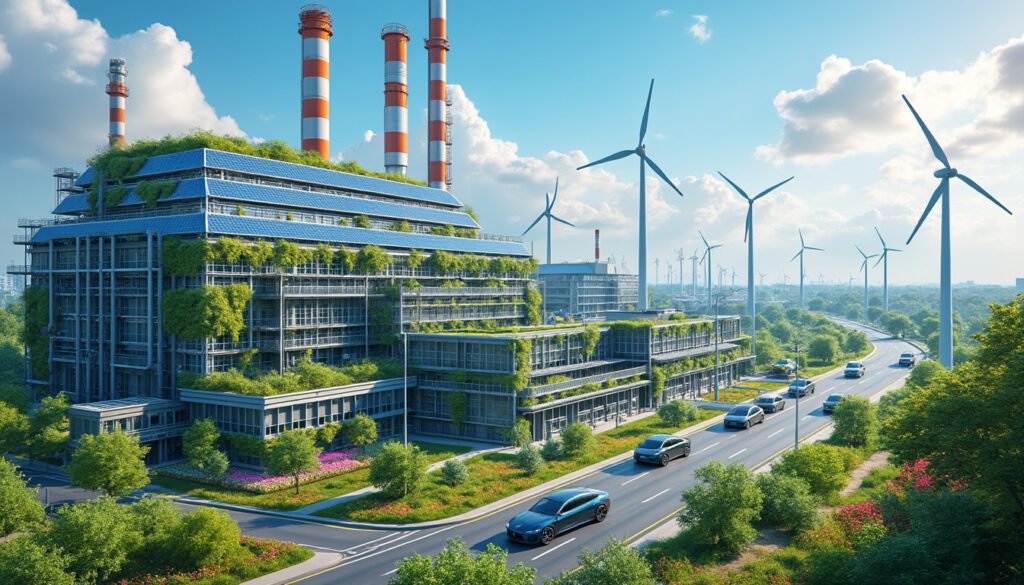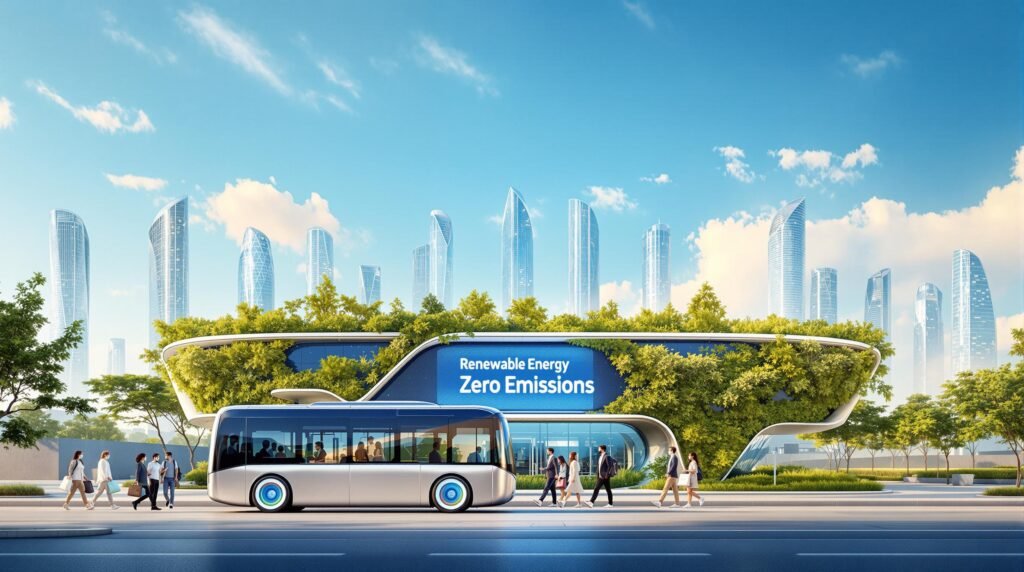Amidst the escalating climate crisis, businesses and governments grapple with the urgent need for sustainable solutions. The increasing emissions threaten both environmental stability and public health.
Without swift action, the world risks catastrophic climate impacts that will affect future generations. Addressing this challenge requires a multifaceted approach, incorporating innovative technologies and practices to drive substantial carbon reductions.
Decarbonization technologies offer the pathways to achieving these goals. From renewable energy production to carbon capture and storage, numerous strategies can mitigate climate change effects.
Understanding Decarbonization Technologies
Decarbonization refers to the process of reducing carbon emissions, especially carbon dioxide, in order to mitigate climate change. This involves a shift away from fossil fuels towards renewable energy sources, as well as adopting various technologies designed to eliminate or minimize carbon footprint.
Types of Decarbonization Technologies
- Renewable Energy Systems: Technologies such as solar, wind, and hydroelectric power offer cleaner alternatives to fossil fuels.
- Energy Efficiency Technologies: Solutions like LED lighting and high-efficiency appliances reduce energy consumption.
- Carbon Capture and Storage (CCS): This approach captures CO2 emissions from sources like power plants and stores it underground.
- Electrification: Switching from fossil-fuel-based systems to electric ones supports reliance on cleaner energy sources.
- Green Hydrogen Production: Hydrogen produced using renewable energy offers a zero-emission fuel option for various sectors.
Innovative Companies Driving Change
Companies are pivotal in evolving decarbonization technologies. For instance:
- Tesla has revolutionized electric vehicles, pushing the automotive industry toward electrification.
- Siemens focuses on sustainable infrastructure and energy management solutions that promote efficiency.
- NextEra Energy leads in renewable energy generation, particularly in solar and wind energy.
- Ørsted Transitions from fossil fuels to renewable energy solutions through offshore wind projects.
- Carbon Clean Solutions provides innovative technologies for capturing carbon emissions in industrial processes.
The Impact of Renewable Energy Systems
Renewable energy systems are pivotal in achieving a low-carbon economy. The transition from fossil fuels to renewable energy is one of the most effective strategies for decarbonizing the energy sector. These technologies harness natural resources, significantly lowering greenhouse gas emissions.
Solar Energy Technologies
Solar power technologies convert sunlight into electricity, playing a vital role in reducing reliance on carbon-intensive energy sources. Innovations in photovoltaic cells, such as those from First Solar, have improved efficiency and affordability, making solar an attractive energy solution (Environment.co).
Wind Energy Innovations
Wind energy, particularly from offshore installations, is another critical player. Companies like Siemens are at the forefront of developing wind turbine technology that maximizes energy output while minimizing ecological impacts. These advancements support the expansion of sustainable energy grids.
Innovative Carbon Capture Solutions
Carbon capture technologies aim to prevent CO2 from entering the atmosphere by capturing industrial emissions and storing them underground or recycling them for use. The potential of carbon capture is substantial, with methodologies steadily advancing.
Types of Carbon Capture Technologies
- Point Source Capture: This technology captures emissions directly from sources like power plants and industrial facilities.
- Direct Air Capture: Innovative methods like those from Climeworks remove CO2 directly from the atmosphere, offering potential for significant carbon reductions.
- Bioenergy with Carbon Capture and Storage (BECCS): This approach combines biomass energy production with carbon capture capabilities, allowing for potentially negative emissions.
Green Hydrogen as a Transition Fuel
Green hydrogen is produced by electrolyzing water using renewable energy. It has emerged as a versatile energy carrier, offering a zero-emission alternative to fossil fuels across various sectors, including transportation and heavy industry.
Advantages of Green Hydrogen
Utilizing green hydrogen presents numerous benefits, including:
- Decarbonization of Transportation: Hydrogen can power fuel cell vehicles, reducing reliance on petrol and diesel.
- Storage and Transportation: Hydrogen can be stored and transported efficiently, making it a flexible energy resource.
- Industrial Applications: Industries can utilize hydrogen in processes that traditionally depend on carbon-intensive fuels.
The Role of Policy and Collaboration
For these technologies to scale, effective policies and collaborative efforts are essential. Governments and organizations must support investments in research, development, and infrastructure for decarbonization technologies.
Global Initiatives
Numerous initiatives aim to enhance the implementation of decarbonization technologies, including:
- Carbon Pricing: Establishing a carbon price can provide economic incentives for reducing emissions.
- Renewables Targets: Setting ambitious renewable energy targets encourages investment in green technologies.
- Research Funding: Government funding for decarbonization research can expedite technological advancements and commercialization.
| Technology | Current Leaders | Key Innovations |
|---|---|---|
| Renewable Energy | Tesla, Siemens | Improved solar panels, advanced wind turbines |
| Carbon Capture | Climeworks, Carbon Clean Solutions | Direct air capture systems, point source capture |
| Green Hydrogen | NextEra Energy, Ørsted | Electrolysis advancements, hydrogen fuel cells |
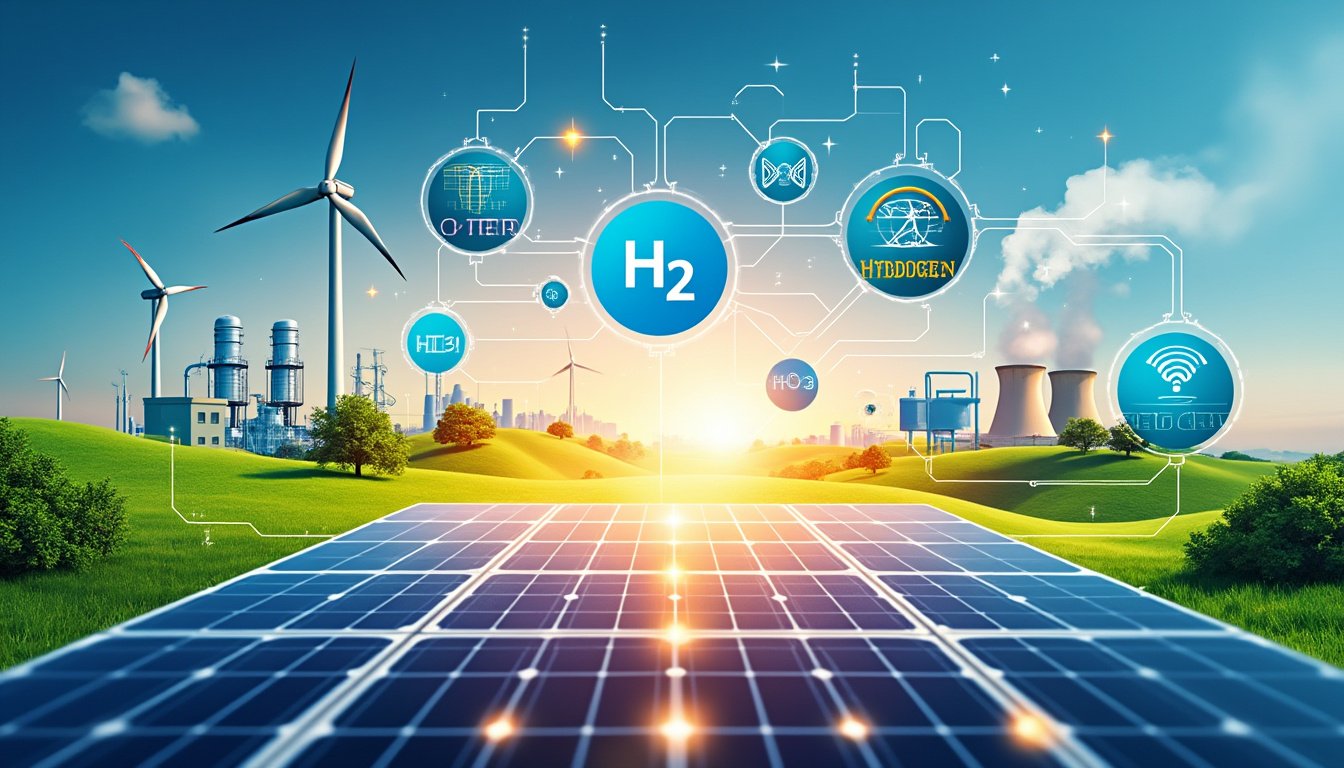
Conclusion
In summary, effectively addressing climate change requires collaborative efforts across sectors to embrace and invest in innovative technologies that drive decarbonization. As an inclusive approach to sustainability emerges, not only will these technologies reduce emissions but they will also foster economic growth and resilience.

